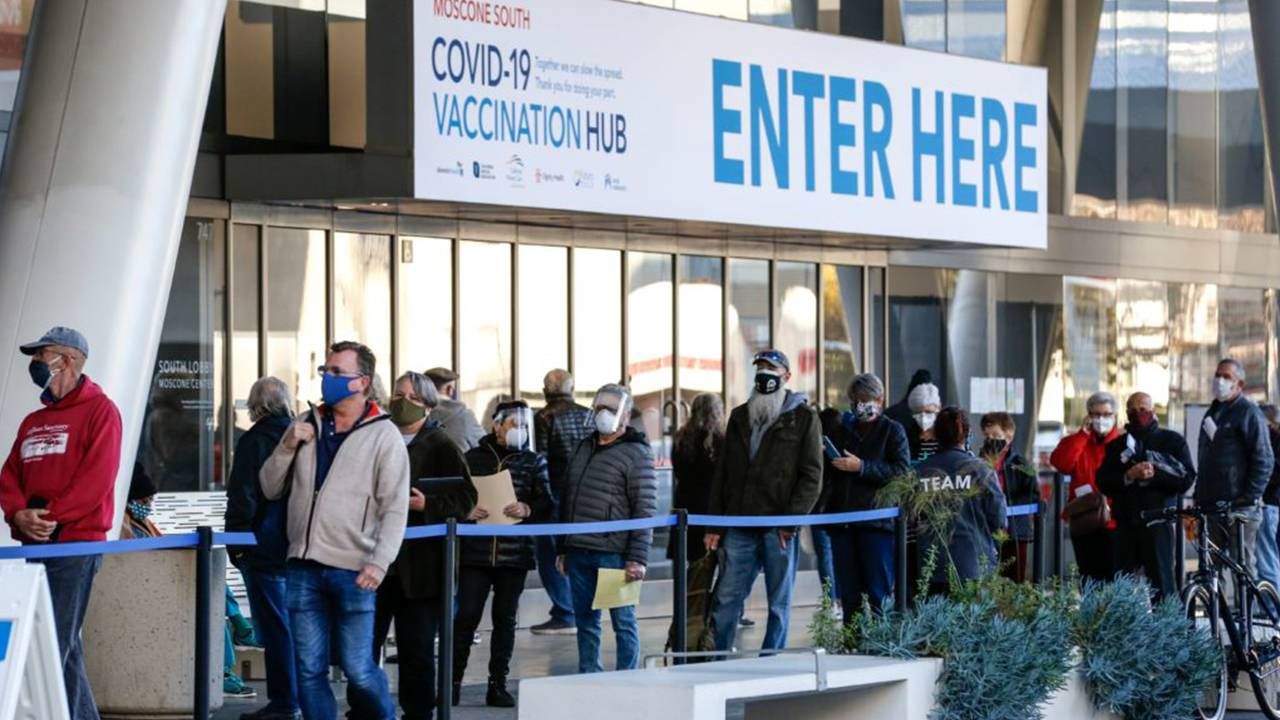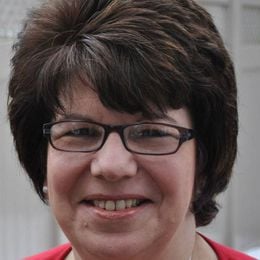Wondering When It Will Be Your Turn to Get the COVID-19 Vaccine?
2 public health experts share their thoughts on the best approach to vaccinating everyone
More than 82 million people in the U.S. have received at least one dose of a COVID-19 vaccine to date. However, who's next to get a vaccine and when they can get it vary widely from state to state — and even from one county to the next.

While the Centers for Disease Control and Prevention (CDC) has issued recommendations for priority groups, the states have some flexibility in deciding who within each group goes first. Is it a teacher or grocery store worker or firefighter, for example? Those over 65 or "other essential workers?" A 50-year-old with an underlying health condition?
In some cases, when and where you get vaccinated comes down to your ZIP code.
With over 3,100 counties in the U.S., it seems there are at least as many plans when it comes to getting people vaccinated.
Which Is the Best Approach?
Does it make sense to just get vaccines in as many arms as possible, regardless of age or health status? Or should public health officials keep the focus on older adults — especially those in underserved communities who are at greater risk but may be unable or hesitant to get a vaccine — before moving on to the next group?
"Everybody's important," said Dr. Leo Nissola, an immunologist and medical adviser to COVID Act Now, a volunteer organization which provides current COVID-19 case and vaccine data for states and localities throughout the U.S. He advocates using strategies that have worked in the past, like with measles or smallpox, to get the vaccine to everyone regardless of gender or age groups, making it truly a mass effort.
Despite improving vaccination rates — a record 2.17 million shots were administered March 8 — supply in many areas remains limited, and different prioritization systems mean eligible recipients may still struggle to find available appointments. At the same time, states and counties are expanding eligibility to more groups, potentially further flooding already overwhelmed systems.
"Whoever set this system up doesn't understand how viruses work."
The problem with the current COVID-19 vaccination system is that the virus doesn't move in tiers, explained Nissola. "Whoever set this system up doesn't understand how viruses work." He thinks the vaccine should be available now to everyone, regardless of age, via an online digital appointment book. (That could add to frustration for some, but the vaccine supply is increasingly weekly.)
His group is calling on the Biden administration to establish a national digital vaccination platform.
Our Commitment to Covering the Coronavirus
We are committed to reliable reporting on the risks of the coronavirus and steps you can take to benefit you, your loved ones and others in your community.
Read Next Avenue's Coronavirus Coverage
Nissola, who has worked in impoverished communities in South America and Eastern Europe combating infectious diseases like HIV, Tuberculosis and the H1N1 virus, suggests that volunteers go door to door to vaccinate older and higher-risk individuals. This approach could help ensure that those who are less tech savvy, do not have internet access, may develop more severe disease or may have difficulty traveling to a mass vaccination site are taken care of quickly, without all the current red tape.
"You have to look at risk factors and target your vaccination efforts towards that, as best you can," said Dr. Tom Kenyon, chief health officer at Project HOPE, an international global health and humanitarian organization and publisher of the journal Health Affairs.
Kenyon, a public health expert who spent 21 years with the CDC working on global health issues and infectious disease, said he understands the challenges localities are facing and the dilemma of when to open up vaccinations to new risk groups.
"Keep in mind this is all a form of rationing. Everybody wants it, but we do not have a system that can cope with what everybody wants. So, we have to find a rational way to ration," Kenyon said.
"It's basically opening up the floodgates one notch at a time."
Kenyon agrees a combination of strategies is needed. "That is actually going to prevent more transmission," he said.
He pointed to the high rate of vaccination among the Alaskan Native population, who are approaching getting the shots as a community endeavor. Rather than sitting back and waiting for people to come in there, they're reaching out in a culturally appropriate manner.
However, there are few other successful examples like this the rest of the U.S. "It's basically opening up the floodgates one notch at a time," said Kenyon.
There's also the issue of vaccine hesitancy among certain populations. Both experts said it's important to work with community leaders to dispel any myths and address questions, especially when it comes to the effectiveness of the various vaccines.
"I think a positive message is going to eventually bring those undecided around. We need more outreach programs, that are offered in a more friendly environment," said Kenyon.
Nissola, who lost family members to COVID-19, thinks we need more national conversations about vaccination safety and efficacy, and should remind people that the No. 1 goal of any vaccine is to prevent death and severe form of disease. All three approved vaccines — Pfizer, Moderna and Johnson & Johnson — do this well.
It's not sufficient to just ensure that most of the U.S. population is vaccinated. According to the World Health Organization, there are more than 116 million confirmed COVID-19 cases and over 2.5 million deaths (including in the U.S.) worldwide. As of March 8, more than 349 million vaccinations have been administered. It's a start, but there's a long way yet to go.
"I think we need to be as concerned about global coverage of vaccination," said Kenyon. Not only because it's the right thing to do from a humanitarian perspective, but it's also important to our own pandemic. "Because until the world is covered with vaccine, no place will be safe," Kenyon noted.


